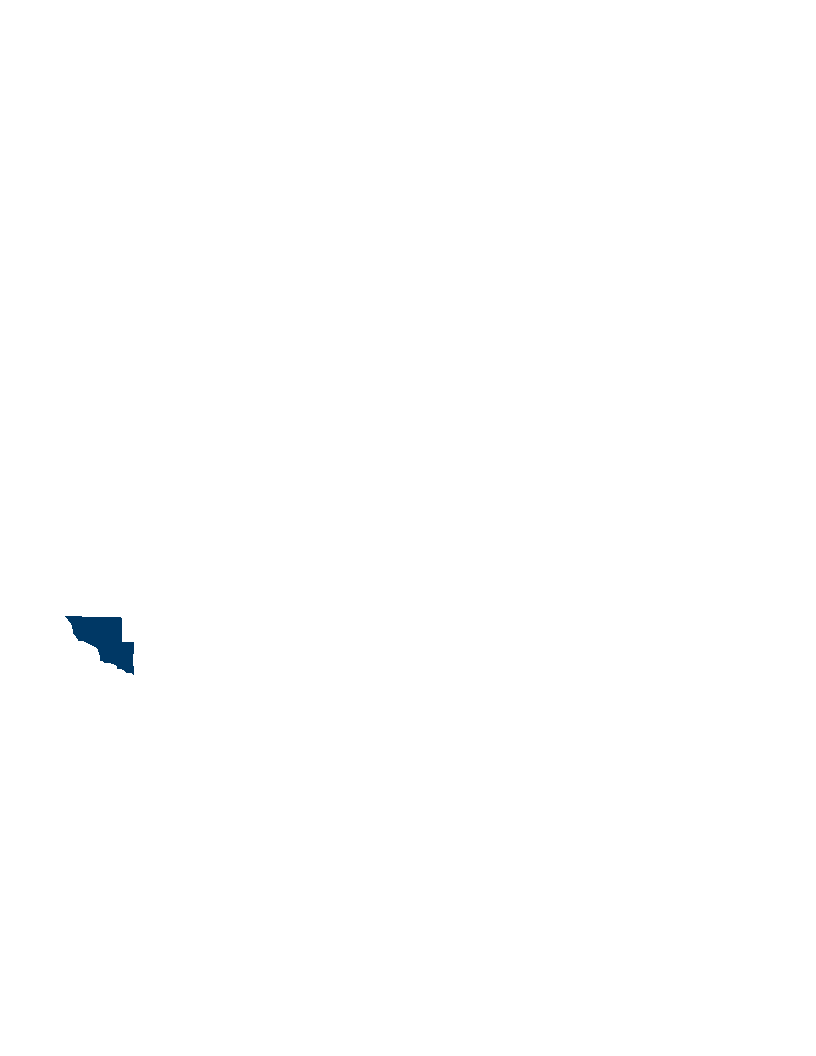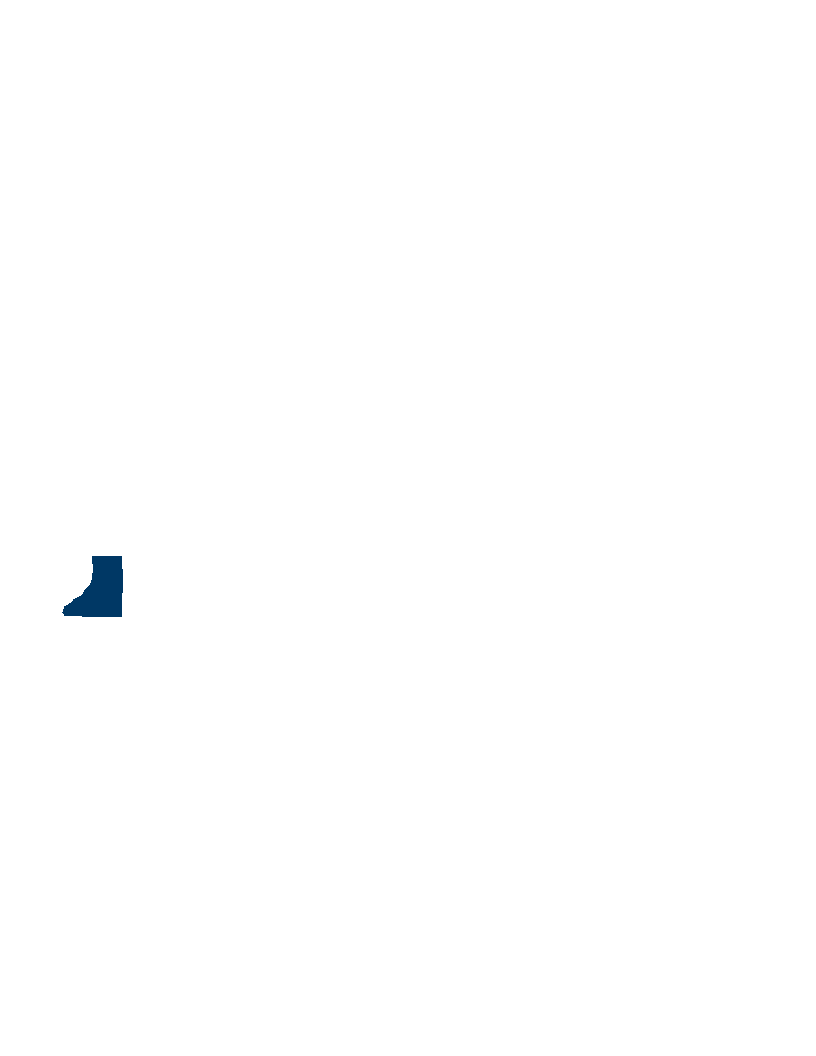FY2020-2021 BdS-Mustinka Watershed Based Implementation Funding
Funding is prioritized to projects and practices within the Lake Traverse-BdS River and Rabbit River planning regions. The BdSWD has 3 CIPs within these planning regions in various phases of construction; the Lake Traverse Water Quality Improvement Project (LTWQIP), the Doran Creek Rehabilitation project and Judicial Ditch #6 Water Quality Retrofit project. Proposed CIP funding will be used for either construction of eligible water quality improvements or project development to further progress towards construction. Structural and no-structural agricultural practices are prioritized to these planning regions and targeted to contributing catchments of these CIPs to maximize effectiveness. Sediment is a priority issue within the Plan. The 10-yr sediment reduction goal for these planning regions is 1,350 tons / year, as estimated by PTMApp. Targeted projects are estimated to reduce 4,241.3 tons/year of sediment (exceeding the 10-year goal; 13% of the long-term goal). Total phosphorus is also a priority issue within the Plan. The 10-yr total phosphorus reduction goal for these planning regions is 510 pounds / year, as estimated by PTMApp. Targeted projects are estimated to reduce 321.6 pounds/year of total phosphorus (63% of 10-year goal).Agriculture is the dominant land use in the BdS-Mustinka watershed and soil health is a plan priority. The 10-year soil health goal for these planning regions is to implement soil health management practices on 1,041 acres. This workplan targets 500 acres, mostly in the Rabbit River planning region for practices. This accomplishes 48% of the plan's 10-year soil health goal for these regions.Ditch system instability and inadequacy is a critical issue throughout the watershed. The 10-year goal for these planning regions is to stabilize 75 miles of public drainage systems during 103E repair/improvement proceedings. Targeted WQ retrofit projects will stabilize 6 miles of public drainage systems, meeting 8% of the 10-year goal.
Annie Felix-Gerth
(a) $13,591,000 the first year and $13,375,000 the second year are for performance-based grants with multiyear implementation plans to local government units. The grants may be used to implement projects that protect, enhance, and restore surface water quality in lakes, rivers, and streams; protect groundwater from degradation; and protect drinking water sources. Projects must be identified in a comprehensive watershed plan developed under the One Watershed, One Plan or metropolitan surface water management frameworks or groundwater plans. Grant recipients must identify a nonstate match and may use other legacy funds to supplement projects funded under this paragraph.
Reduce 4,241 tons/yr of sediment (Exceed 10-year goal; 13% of long-term goal), reduce 321.6 lbs/yr total phosphorus (63% of 10-yr goal), target 500 acres for soil health practices (48% of 10-yr goal), 6 miles of ditch retrofit (8% of 10-year goal)
This project funded 132 agricultural best management practices, 742 acres of cover crops, and stream stabilization work in the Bois de Sioux-Mustinka watershed. The work resulted in a reduction of 841 tons/year of sediment, 496 pounds/year of phosphorus, and 1,530 lbs/year of nitrogen reduction.
Funds also paid for sealing two wells and for stabilization and restoration work on Lake Traverse Water Quality Improvement Project (i.e., Traverse County Ditch 52) including permanently protecting adjacent riparian areas. The grant covered costs for staff to design and engineer projects and work with landowners, including targeted outreach to landowners in priority areas. Work was done in in priority areas identified in the plan and addressed sediment loading, which is a priority issue in the plan.
Work was completed on schedule. Clean Water Funds provided leverage for the partnership to pursue and secure additional grant funds totaling $2,083,182 from the Red River Watershed Management Board and the MN Department of Natural Resources. The Bois de Sioux Watershed District contributed $1,037,150 in locally levied dollars toward the Lake Traverse Water Quality Improvement Project.
LOCAL LEVERAGED FUNDS



